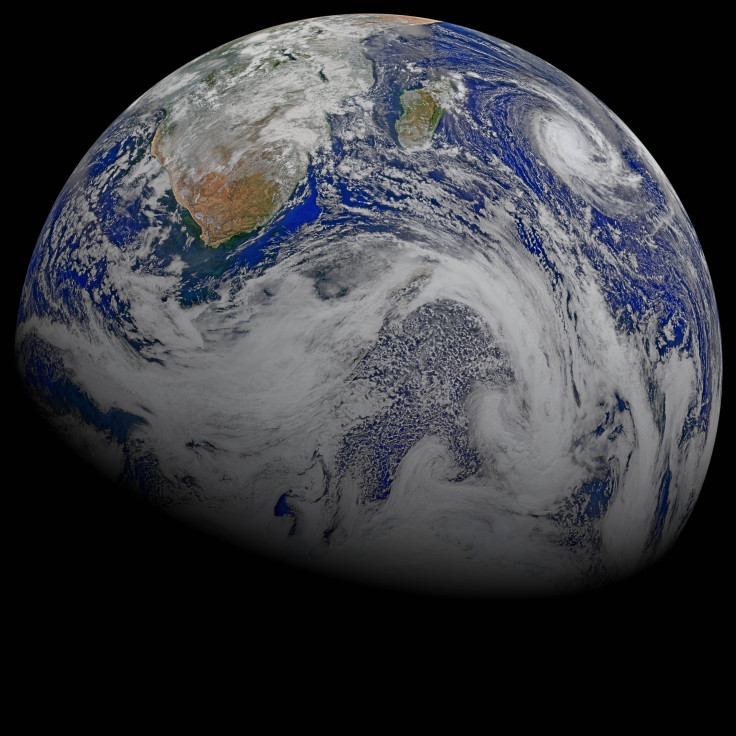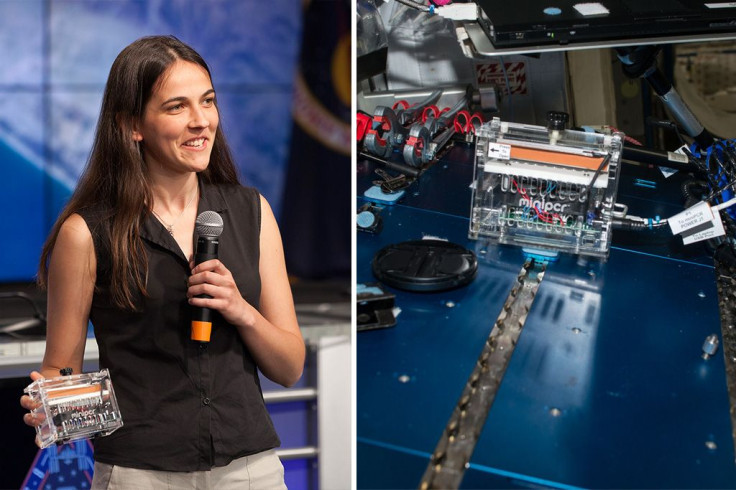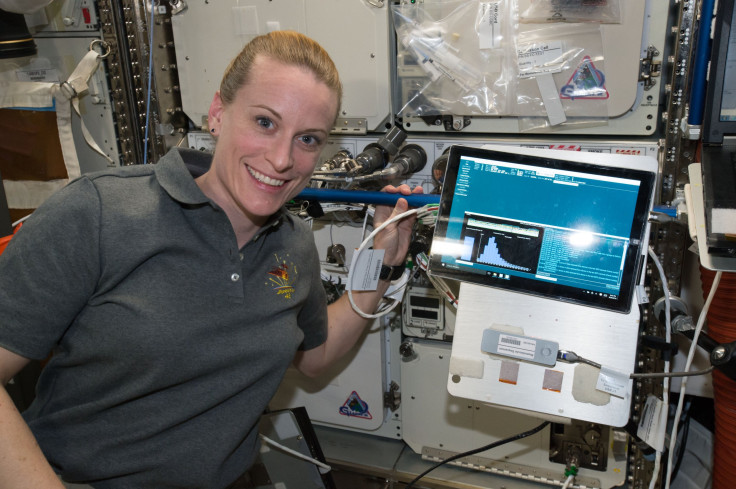Germs Aboard The Space Station: NASA’s ‘Genes In Space-3’ Program Will Identify Unknown Microbes In Space

If you found a microbe and wanted to identify it, you would need more than just a regular encyclopedia and a magnifying glass. But when you are in an orbit about 385 kilometers above Earth, getting hold of specialized instruments may be somewhat difficult.
The International Space Station (ISS), which has its share of fungal growth and other biomaterial showing up here and there, finds itself in that situation now and then. Since astronauts aboard it cannot risk contamination, they disinfect often, but it would help them greatly if they knew whether the microbes needed disinfecting in the first place. And it would be helpful even further if they did not have to send samples back to Earth to find that out.
Read: US, Russia May Extend ISS Partnership Beyond 2024
“We have had contamination in parts of the station where fungi was seen growing or biomaterial has been pulled out of a clogged waterline, but we have no idea what it is until the sample gets back down to the lab. On the ISS, we can regularly resupply disinfectants, but as we move beyond low-Earth orbit where the ability for resupply is less frequent, knowing what to disinfect or not becomes very important,” Sarah Wallace, NASA microbiologist and the project’s principal investigator at the agency’s Johnson Space Center in Houston, said in a statement Tuesday.
Toward that end, NASA has developed a new program called “Genes in Space-3,” which builds upon the first two programs in the series, which are part of the Biomolecule Sequencer investigation. Created jointly by NASA’s Johnson Space Center and Boeing, the investigation will combine two existing technologies that have already been successfully used in spacecraft.

One of those two devices is the MiniPCR, developed by Anna-Sophia Boguraev who won the Genes in Space student competition with it. It is used to prepare the samples for DNA sequencing. The other is the MinION device, which was tested aboard the ISS by NASA astronaut Kate Rubins. During her ISS stay, Rubins sequenced more than one billion DNA bases
“What the coupling of these different devices is doing is allowing us to take the lab to the samples, instead of us having to bring the samples to the lab,” Aaron Burton, NASA biochemist and Genes in Space-3 co-investigator, said in the statement.

The devices could be used not only for identifying microbes aboard the ISS, but also to diagnose illnesses of crew members in real time, as well as help in identifying DNA-based life forms on other planets, should we come across them.
© Copyright IBTimes 2024. All rights reserved.





















